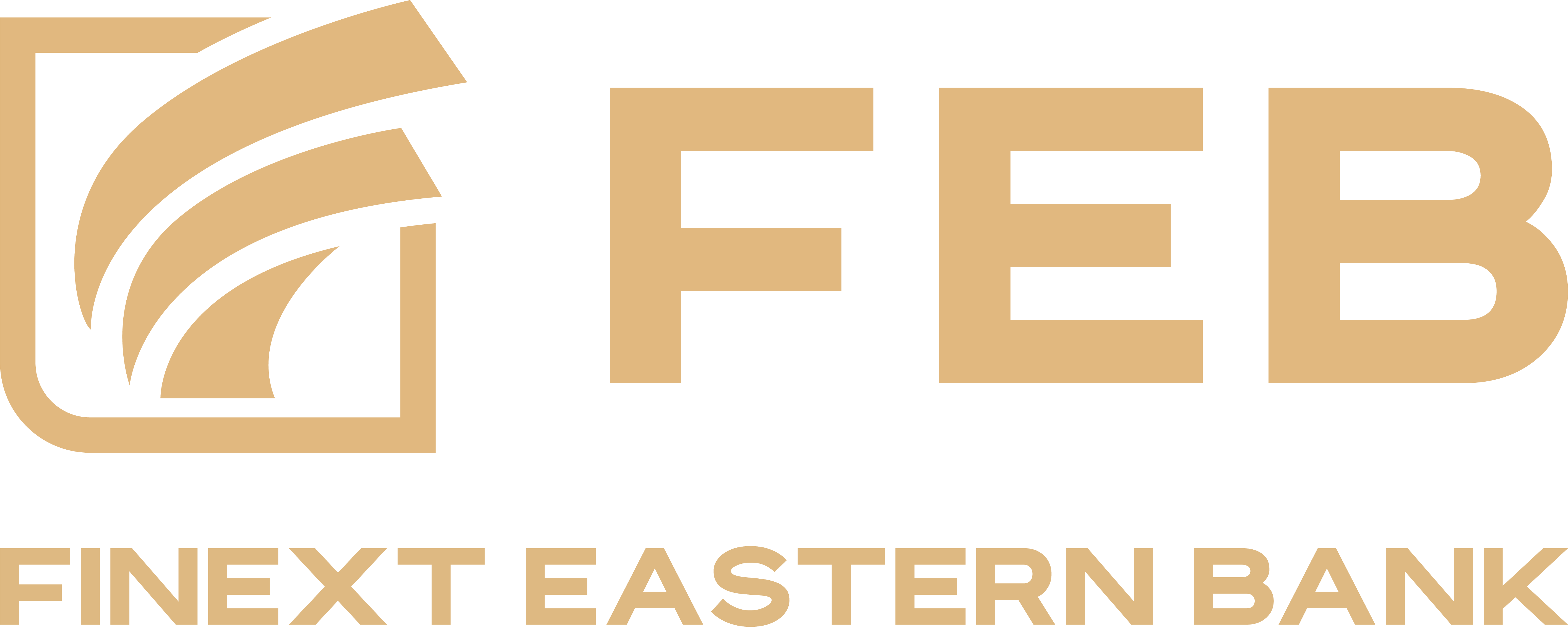In a world driven by technological advancements, blockchain technology serves as a remarkable example of how a concept that was initially associated with cryptocurrencies has expanded its reach into various industries. This article takes us on a journey to explore the diverse applications of blockchain technology beyond cryptocurrencies and delves into the fascinating emergence of Central Bank Digital Currencies (CBDCs).
Understanding Blockchain Technology
Before we embark on our exploration of the multifaceted realm of blockchain technology, let’s establish a foundational understanding of what blockchain is and how it operates.
At its core, blockchain is a decentralized digital ledger that records transactions across multiple computers. Each transaction is grouped together into a “block,” and these blocks are interconnected in a chronological “chain.” This distributed structure ensures security, transparency, and immutability, making it an ideal foundation for a wide range of applications.
Beyond Cryptocurrencies: Blockchain’s Versatility
The adoption of blockchain technology in various industries has been greatly influenced by its versatility. Let’s delve into some of the most promising applications:
Supply Chain Management
An outstanding use case of blockchain technology lies in supply chain management. It enables businesses to track products all the way from their origin to the final consumer, which helps in minimizing fraud and guaranteeing the authenticity of products. The ability to create an unchangeable record of each step in the supply chain has the power to transform industries by improving transparency and security. Walmart, in collaboration with IBM, implemented a blockchain-based solution called Food Trust to enhance the traceability of food products in its supply chain. It allows for the transparent tracking of food items from farm to store, reducing fraud and ensuring product authenticity [1].
Healthcare
Blockchain has the potential to completely transform the healthcare sector. By securely storing patient records, it ensures the integrity of data, reduces administrative burdens, and encourages seamless interaction among healthcare providers. Patients can have greater control over their medical information, while medical professionals can access accurate patient data in real-time. MediBloc is a blockchain-based healthcare data platform in South Korea. It enables patients to have control over their medical records and securely share them with healthcare providers. It promotes data integrity and streamlines interactions in the healthcare sector [2].
Real Estate
The real estate sector has also adopted blockchain technology as a way to streamline property transactions. Blockchain simplifies the process of buying and selling properties, reduces the risk of fraud, and provides a clear and unchangeable record of ownership. Through the use of smart contracts, automatic transfers can be executed once specific conditions are met, thus simplifying the often complex process of real estate transactions. Propy is a blockchain-powered real estate platform that facilitates property transactions. It has successfully conducted real estate deals using blockchain technology, providing a transparent and secure way to buy and sell properties [3].
Voting Systems
Blockchain-based voting systems present a secure and transparent solution for elections. This technology minimizes the risk of manipulation, encourages greater participation from voters, and ensures the integrity of the entire electoral process. By allowing remote voting and real-time verification, blockchain has the potential to redefine democracy as we know it. Voatz is a blockchain-based voting platform that offers secure remote voting options. It has been used in various elections to increase voter accessibility while ensuring the integrity of the electoral process. West Virginia, for instance, used Voatz for remote voting in its 2018 primary election [4].
The Emergence of Central Bank Digital Currencies (CBDCs)
As the evolution of blockchain technology progressed, it brought forth a fresh idea known as Central Bank Digital Currencies (CBDCs). These digital currencies are issued by central banks and are supported by the government, acting as a digital representation of physical money. The advent of CBDCs signifies a noteworthy advancement in the modernization of the financial system.
CBDCs vs. Cryptocurrencies
To grasp the significance of Central Bank Digital Currencies (CBDCs), it is essential to differentiate them from cryptocurrencies. The following are key distinctions:
1. Centralization: CBDCs are digital currencies that centralized central banks issue and regulate. In contrast, cryptocurrencies operate on decentralized networks without a central authority governing them.
2. Legal Status: CBDCs possess a legal status and are recognized as legal tender within a specific country. In contrast, the legal status of cryptocurrencies varies across different jurisdictions worldwide.
3. Regulatory Control: CBDCs are subject to stringent regulatory controls, ensuring compliance with existing financial regulations. On the contrary, cryptocurrencies operate within a relatively unregulated environment.
4. Stability: CBDCs are designed to maintain a stable value, often pegged to the physical currency of the country. In contrast, cryptocurrencies are notorious for their price volatility.
By understanding these differences, we can better appreciate the unique position CBDCs hold in the ever-evolving financial landscape.
The Global Perspective
The impact of blockchain technology and central bank digital currencies (CBDCs) extends far beyond any single country or region. It is a global phenomenon that is fundamentally changing the way we conduct transactions, invest our money, and engage with financial systems. It is essential to have a comprehensive understanding of the global perspective in order to grasp the magnitude of these transformative changes.
The global market for blockchain technology is forecasted to reach a staggering $1.432 billion by 2030, according to a new report by Grand View Research, Inc [5]. This remarkable growth is a testament to the versatility of blockchain and its ability to transcend geographical boundaries. The number of blockchain wallets worldwide has experienced significant growth, skyrocketing from 10 million in 2016 to an impressive 82 million in 2022. This surge in wallet adoption reflects a growing interest and confidence in blockchain-based assets.
Moreover, the number of Bitcoin transactions processed on a daily basis has also witnessed a substantial increase, surging from 120,000 in 2016 to an astonishing 400,000 in 2022. This not only highlights the expanding user base but also signifies the increasing integration of cryptocurrencies into everyday transactions.
CBDC Adoption Around the World
Central Bank Digital Currencies (CBDCs) have become a topic of significant fascination and advancement for central banks around the globe. More than 100 central banks are currently exploring or actively working on the development of their own CBDCs. This substantial number highlights the collective recognition of the immense potential that these digital currencies possess.
While some nations have already initiated pilot programs, others are still in the research and development phase. The approach of each central bank towards CBDCs may vary depending on their unique financial system and objectives. The diverse range of strategies and timelines for adoption contributes to the wide array of CBDC implementation approaches worldwide [6].
Public Interest in CBDCs
The development of CBDCs is being propelled by the public’s increasing interest in them. People are becoming more aware of the potential advantages of digital currencies issued by central banks. According to the Global CBDC Tracker, there is a growing curiosity surrounding these digital currencies, with individuals actively seeking information and understanding about CBDCs. This surge in interest can be attributed to the visibility and convenience offered by digital currencies, which present an appealing alternative to traditional payment methods and investment opportunities.
Moving forward, the convergence of blockchain technology and Central Bank Digital Currencies (CBDCs) presents a captivating merging of banking and innovation. FEB’s dedication to technological advancements, customer contentment, and a diverse array of services positions it favorably to adjust and flourish within this ever-changing financial landscape.






